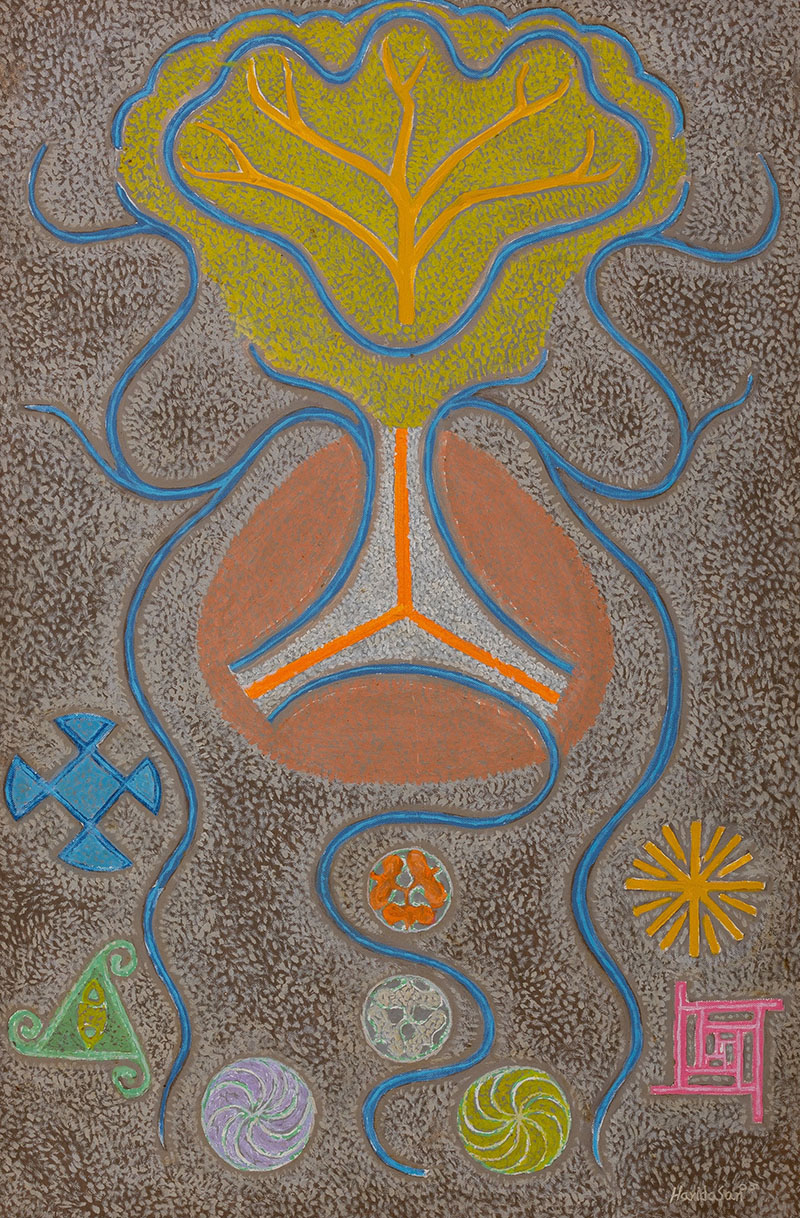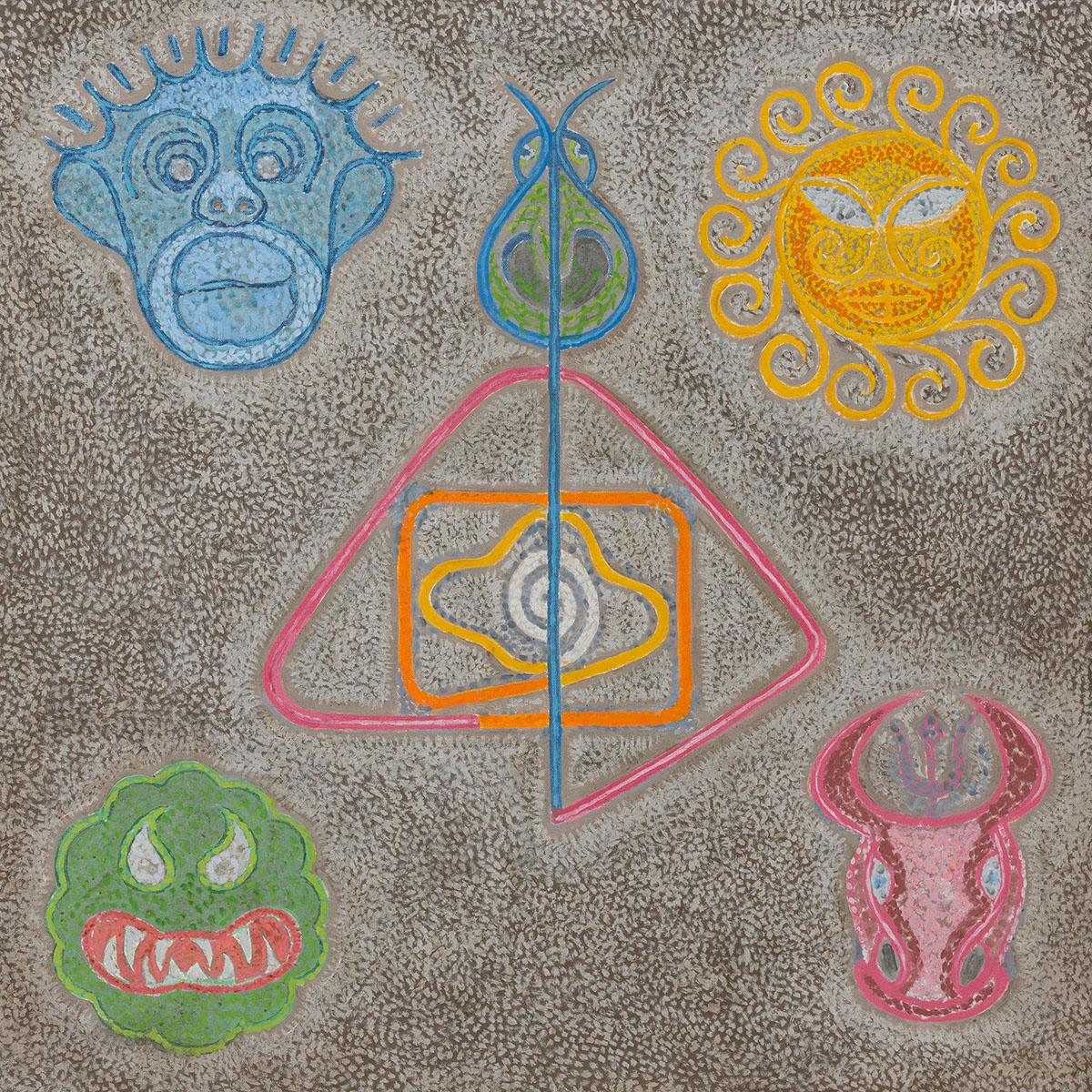ARTICLE
KV Haridasan
In 1992, he published his book, Intimations on Art – Indian, Western, Modernity, Tradition & Tantra, which highlighted his exploration of Tantric principles and the ways in which modern and contemporary art relate to Indian tradition and histories. Haridasan’s work has been shown in numerous solo and group exhibitions, including at the Paris Biennale (1971); the Second Indian Trienniale (1971); and the British Council, Chennai (1971). He received the Lalithakala Puraskaram from the Kerala Lalithakala Akademi in 2003 and the Raja Ravi Varma Puraskaram in 2013.
Haridasan died in 2014 at the Cholamandal Artists’ Village.
Bibliography
Our website is currently undergoing maintenance and re-design, due to which we have had to take down some of our bibliographies. While these will be re-published shortly, you can request references for specific articles by writing to hellomapacademy@map-india.org.








